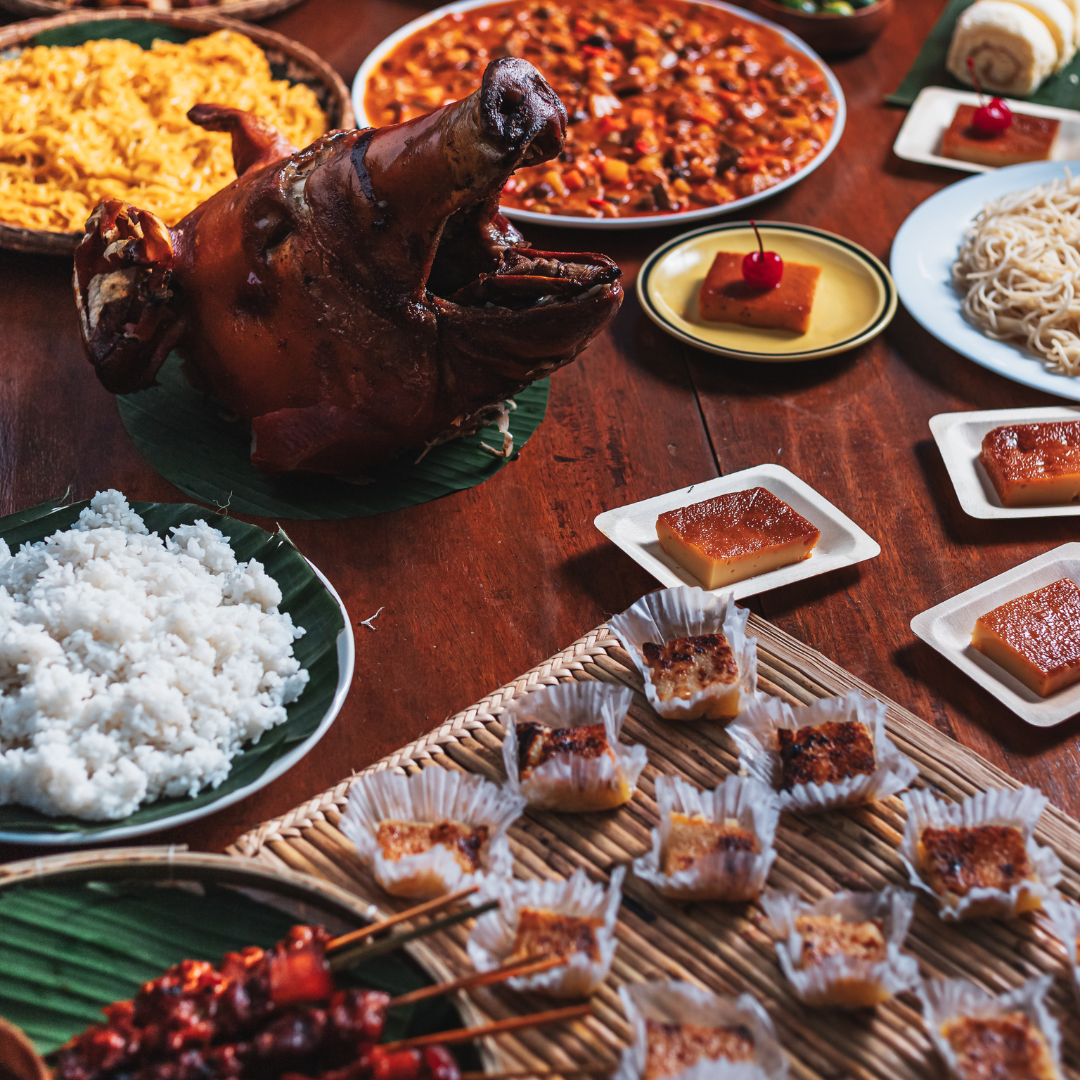Why Lechon is the Ultimate Filipino Dish
Are you craving an unforgettable culinary experience? Look no further than the ultimate Filipino dish: lechon! This mouthwatering roasted pig has been a centrepiece of celebrations and gatherings in the Philippines for centuries.
But what makes it so unique? Join us on a deep dive into the world of lechon, as we explore its history, preparation methods, and, most importantly, its irresistible deliciousness. Prepare to drool as we uncover why lechon is truly a feast for all senses!
What is Lechon?
Lechon (leh-cho) is the Filipino word for pork belly. The dish is typically made from a whole, boneless pork belly, but sometimes includes other pig parts such as ham or liver. Lechon is often cooked in an oven or slow cooker, and it’s usually served with a sweet and sour sauce.
It’s hard to put into words just how delicious lechon is! The meat is so tender and flavourful that it’s hard to resist eating it straight from the oven or spooned over rice. If you’re ever in the Philippines, try lechon. You won’t regret it!
History of Lechon
Lechon is, without a doubt, the most iconic Filipino dish, and for a good reason. It is both complex and delicious, and it’s all thanks to its deep history.
Legend has it that lechon was created in the 16th century by a cook named Don Francisco de Toledo y Silva, who was working at the court of the mighty King Philip II of Spain. The king was so impressed with Toledo’s culinary skills that he ordered him to create a new dish that would outshine all others.
Toledo obliged and created lechon à la china (a version featuring Chinese-style spices). Word quickly spread about this new creation, and before long, people all over the Philippines were cooking up their versions of lechon.
Today, lechon remains one of the most popular dishes in the Philippines. And for a good reason, it’s delicious! Whether you’re dining in an upscale restaurant or cooking it at home yourself, you can be sure that you’ll be able to taste the traditional flavours of lechon namely, pork simmered over an open flame until it turns crispy on the outside and tender inside.
The Preparation Process
Lechon is the Filipino answer to pork belly. It’s a boneless, skinless roast usually cooked in a bamboo or wood smoker. The meat is then served with a sweet and sour sauce from vinegar, sugar, and palm oil.
The preparation process for lechon starts by marinating the meat in a mixture of soy sauce, garlic, and ginger. After that, it’s time to cook the lechon. Smoking it over an open fire is the best way to do this.
Another popular way to cook lechon is by barbecuing it. However, both methods require some preparation beforehand. For example, ensure the smoker or grill is well-seasoned and well-oiled so the fire doesn’t burn the meat.
Once the lechon has been cooked, it must be sliced into thin pieces to serve it properly. Some restaurants also serve lechon as a whole roasted pig head which is even more delicious!
Cooking Lechon
Lechon is a Filipino national dish and one of the country’s most popular dishes. It is also considered one of the most prestigious dishes in the Philippines because it is so difficult to perfect.
There are many ways to cook lechon, but the most popular way is to roast it whole. The lechon can be cooked over an open flame or in an oven. The key to cooking a great lechon is to make sure that you cook it slowly and evenly so that it becomes tender and juicy.
You can also make lechon soup or lechon kawali (or rolled lechon). Lechon kawali is a dish where the lechon meat is wrapped in rice flour paper before being deep-fried. This gives it a crispy outer layer and a soft centre. You can also serve lechon with steamed vegetables or kinilaw na baka (a pork belly stew).
Recipes for Lechon
Lechon is the national dish of the Philippines, and for a good reason. It’s a succulent pork roast traditionally barbecued over an open flame. The meat is moist and tender, with a crispy, flavourful skin.
There are many different ways to make lechon. Still, some of our favourite recipes include lechon kawali (a coconut milk-based version), lechon baboy (a pork barbecue), and lechon manok (a chicken barbecue). Regardless of which variation you choose, they will surely be unforgettable culinary experiences.
The Filipino dish lechon has it all – succulent pork cooked to perfection, delicious rice and noodle dishes, and a sweet and sour sauce out of this world. Whether you’re a first-timer who’s never had lechon or an experienced cook who wants to take your Filipino cuisine to the next level, we have the perfect recipe. Bon appétit!



